To understand the nature of “matter”, scientists have to answer some very basic questions. For example, why there are so many “elementary particles”? Are they really indivisible building blocks of our cosmos? Is the cosmos following some unknown physical laws, which potentially subvert our current understanding of the whole world? How should we understand the “dark matter” in the cosmos? Could the four fundamental forces comply with any common physical law in the same framework?
To answer such questions, physicists need some probes to detect the extremely tiny elementary particles comprising matter, and accurately measure their properties. Such elementary particles, however, cannot stand alone under ambient conditions. To detect them, such probes shall achieve extremely high energy, as only at such extreme conditions the elementary particles of interest could be “knocked out” by other particles from nuclei or their secondary particles — only to vanish immediately. For example, quacks can only be detected at energies higher than 1 TeV.
This makes accelerators necessary for explorations in this field: they are huge probes for human beings to peer into the microscopic world. Accelerators, as sources of radiations of different wavelengths, offer very powerful “microscopy” to “image” the microstructure of the physical world at different resolutions: the shorter the wavelengths, or the higher the energy, the better the resolution. Using electrons and positrons moving at extremely high speeds as the medium, we can detect quacks; while using radiations of longer wavelengths, for example a beamline from the China Spallation Neutron Source (CSNS), we can “see” the detail of a DNA strand.
Over the past four decades, the Chinese Academy of Sciences (CAS) has built a lot of accelerators, working at different energy ranges, to understand the microscopic world and the underlying principles governing the motion of the cosmos. These facilities are highly valued probes for research on the frontiers of multiple disciplines, including theoretical physics, condensed matter physics, atomic and molecular physics, cluster physics, chemistry, materials, information science, life sciences, medicine, pharmacy, geology, environmental sciences, and others.
Of them, the Beijing Electron and Positron Collider (BEPC) is an outstanding representative.
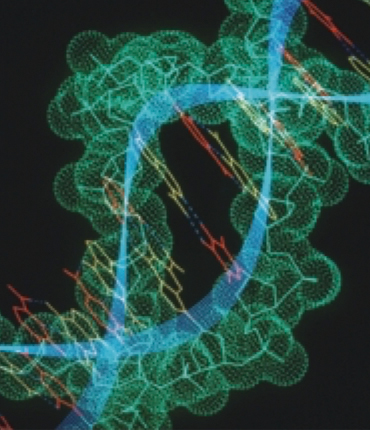
DNA in the lens of the China Spallation Neutron Source (CSNS) (Image: IHEP)
The Beijing Electron and Positron Collider and Its Upgrade
BEPC marks the first national major fundamental S&T facility built in China since 1978. Initiated by the CAS Institute of High Energy Physics (IHEP), the proposal of the project was approved in April 1983 by the national authorities, and the construction kicked off in October 1984. The facility was completed in October 1988 and put into operation in October 1990. In the same year, the project won the Grand Prize from the National Awards for Science and Technology Progress.
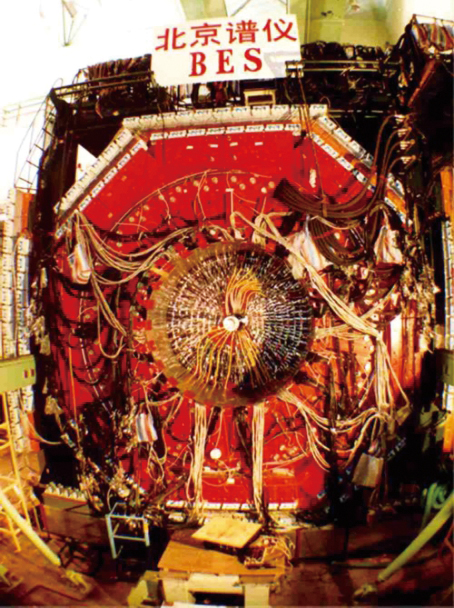
BES, the detector on BEPC (Image: IHEP)
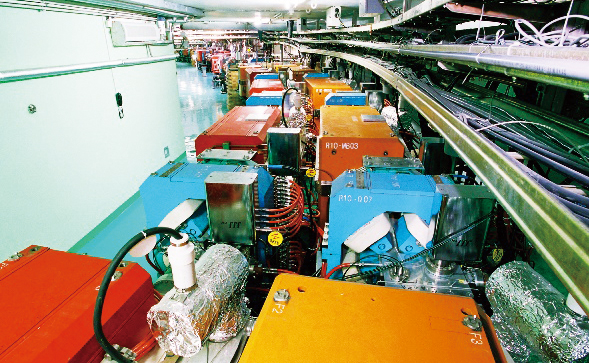
Inside the tunnel of BEPC when it was under upgradation (Image: IHEP)
After running for 14 years, the giant probe underwent a five-year-long upgrade from 2004, and passed the national verification in May 2009. The project won a first prize from the 2016 National Awards for Science and Technology Progress.
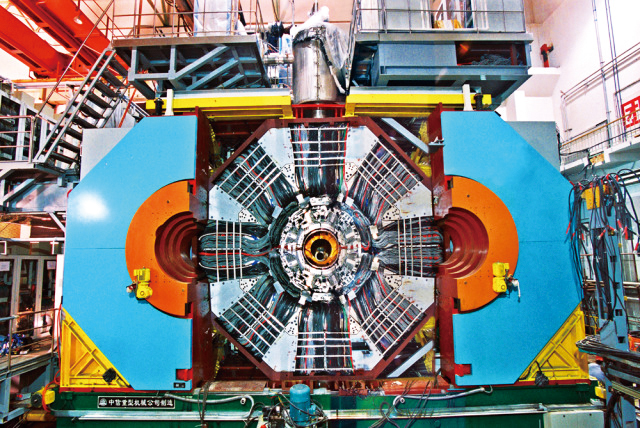
BESIII just after the upgrade (Image: IHEP)
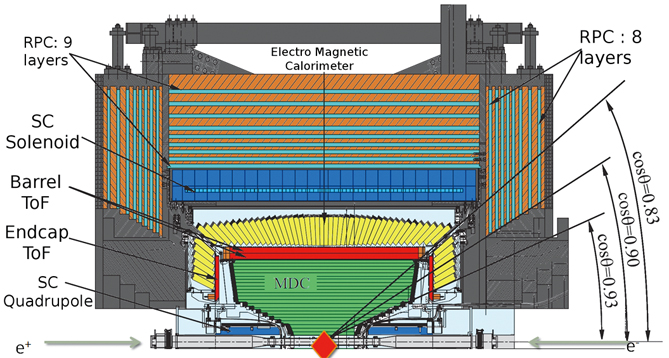
BESIII, the detector at the BEPCII accelerator, is a major upgrade of BESII at the BEPC for studies of hadron physics and τ-charm physics. (Image: IHEP)
The Shanghai Synchrotron Radiation Facility
Initiated by the Shanghai Institute of Applied Physics (SINAP), CAS, the proposal to build the Shanghai Synchrotron Radiation Facility (SSRF) gained the approval of the national authorities in March 1998 and the construction commenced in December 2004. In May 2009, the first seven beamlines of the facility started offering service to the users; and the whole project passed the national verification in January 2010, and formally went operative.
Winner of a first prize from the 2013 National Awards for Science and Technology Progress, SSRF ranks among the most advanced third-generation synchrotron radiation sources in the world. It outstands from counterparts with a wide energy range, high resolution, high intensity, high luminance, and excellent polarization as well as quasi-coherence.

A bird’s eye view of SSRF (Image: SINAP)
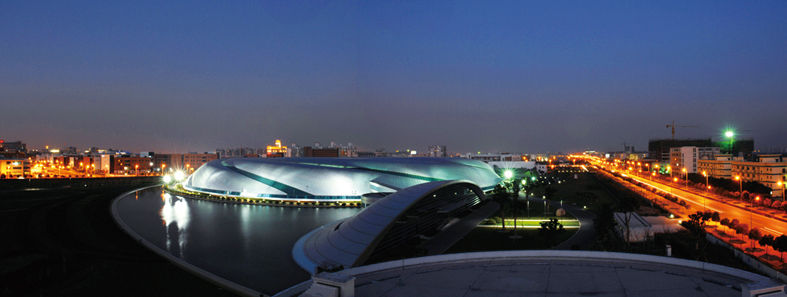
SSRF at night (Image: SINAP)

The linear accelerator of SSRF (Image: SINAP)
The Heavy Ion Research Facility at Lanzhou
Focusing on nuclear physics, atomic physics, heavy ion applications and interdisciplinary researches, the Heavy Ion Research Facility at Lanzhou (HIRFL) is the most accurate heavy ion accelerator of Asia working in middle- to high- energies. Initiated by the CAS Institute of Modern Physics (IMP), the proposal for the project was approved in November 1976. The construction kicked off in December 1979 and passed the assessment and verification in November 1989. Soon it won a first prize from the 1992 National Awards for Science and Technology Progress.
The facility received an expansion and upgrade that started in April 2000, to integrate into the system a new cooler storage ring (CSR) for multiple uses. Eight years later in July 2008, a renewed HIRFL passed the assessment and verification and open again to users.
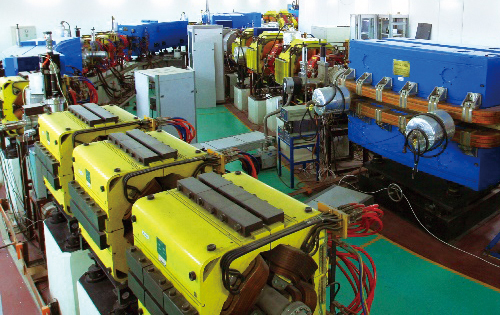
The cooler storage ring of HIRFL (Image: IMP)
The Hefei Light Source
Located on the West Campus of the University of Science and Technology of China (USTC) in Hefei, Anhui Province, the Hefei Light Source (HLS) marks the first synchrotron radiation source in China dedicated to vacuum ultra-violet and soft X-ray radiations. Initiated by USTC, the proposal was formally approved in April 1983. The construction began in November 1984 and the completed project passed the verification in December 1991. The project won a first prize from the 1995 National Awards for Science and Technology Progress. It was later upgraded and put into operation again in 2004.

The linear accelerator of HLS (Image: USTC)
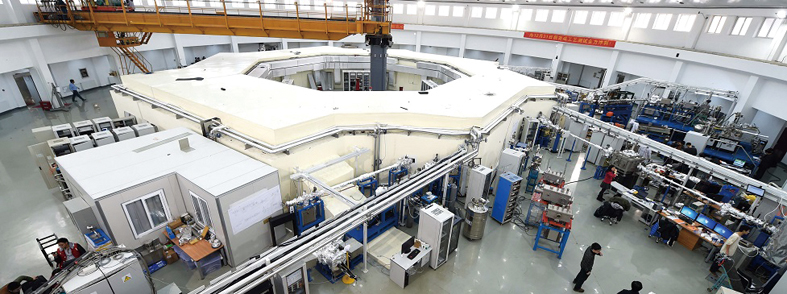
A top view of HLS (Image: USTC)
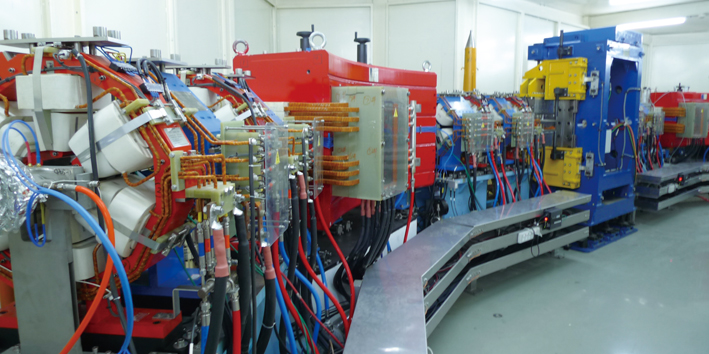
The cooler storage ring of HLS (Image: USTC)
The China Spallation Neutron Source
Initiated by IHEP, the proposal for the China Spallation Neutron Source (CSNS) was approved by the national authorities in September 2008. The construction commenced in October 2011, and the project passed the verification in August 2018. It marks the first pulse spallation neutron source in China, and the fourth of such facilities in the world. Its specifications and overall performance are ranked among the best.

The drift tube linac of CSNS (Image: IHEP)

A view of CSNS (Image: IHEP)

